Tapping into Federal Funding: Five Trail Tales of Success
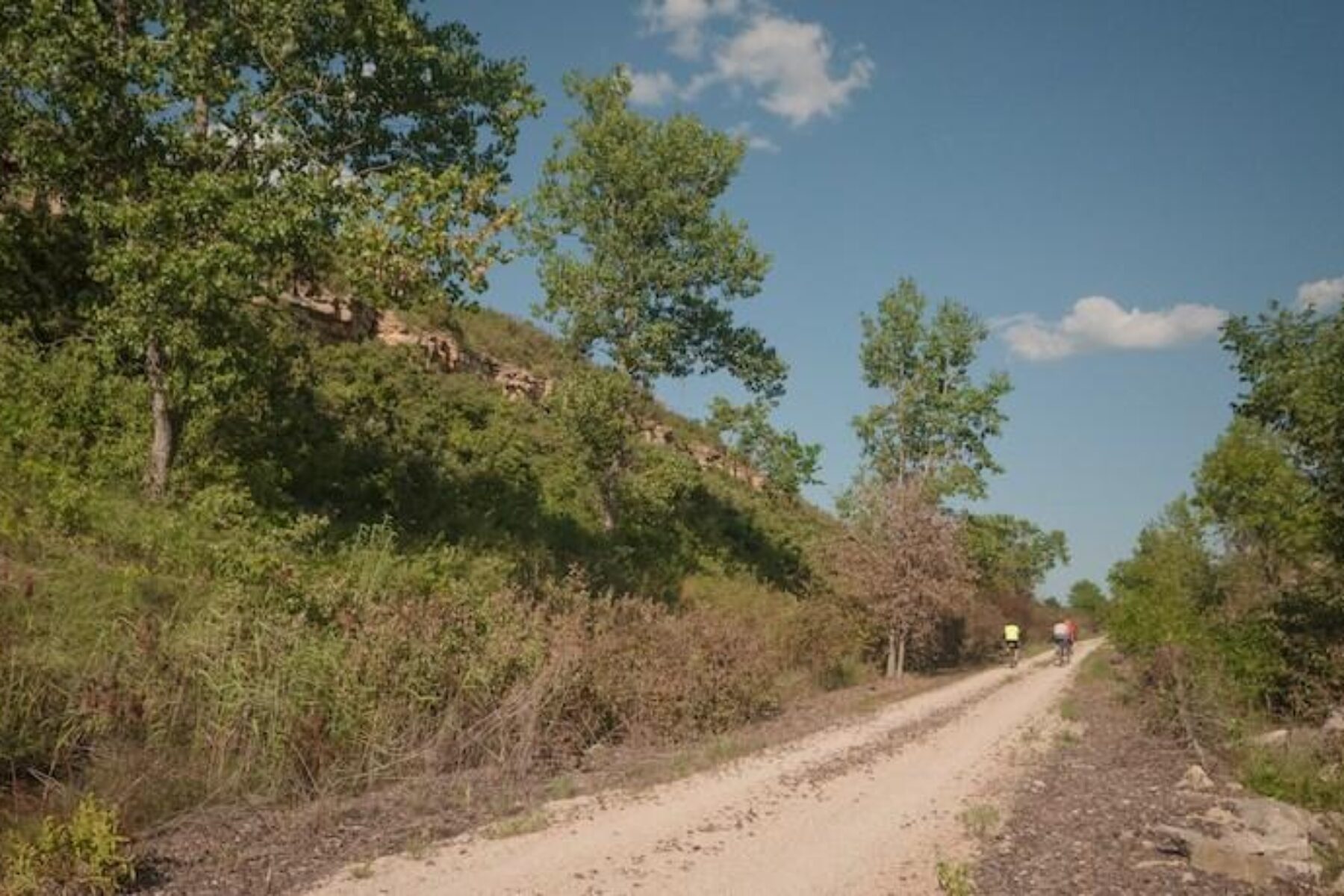
For nearly three decades, Transportation Alternatives (TA) has been the largest source of federal funding for trails and active transportation, providing more than $15 billion for more than 36,000 projects. The lifeblood of the trail movement since its inception in 1991 (initially known as Transportation Enhancements, or TE), this funding stream has resulted in innumerable health, economic, transportation, environmental and social benefits for millions of Americans.
With the current federal transportation bill expiring this September, RTC has been working with members of Congress to introduce a transformative package for reauthorization to increase investment in walking and biking infrastructure and complement it with deeper investment—including via the Connecting America’s Active Transportation System Act, to accelerate completion of active transportation systems to connect people to everyday destinations and other communities.
This package could also become part of Congressional action to respond to the ongoing COVID-19 pandemic and the country’s economic recovery.
Here, we explore just a handful of rail-trails that have been supported by essential TA funds, and the impact they’ve had on local communities and the nation. Many of these trails are part of larger, connected networks of trails and active transportation infrastructure that provide both critical recreational opportunities and much-needed transportation options to daily destinations or transit. Others connect communities and help promote tourism or travel between towns.
Cedar Lake Trail (Minnesota)
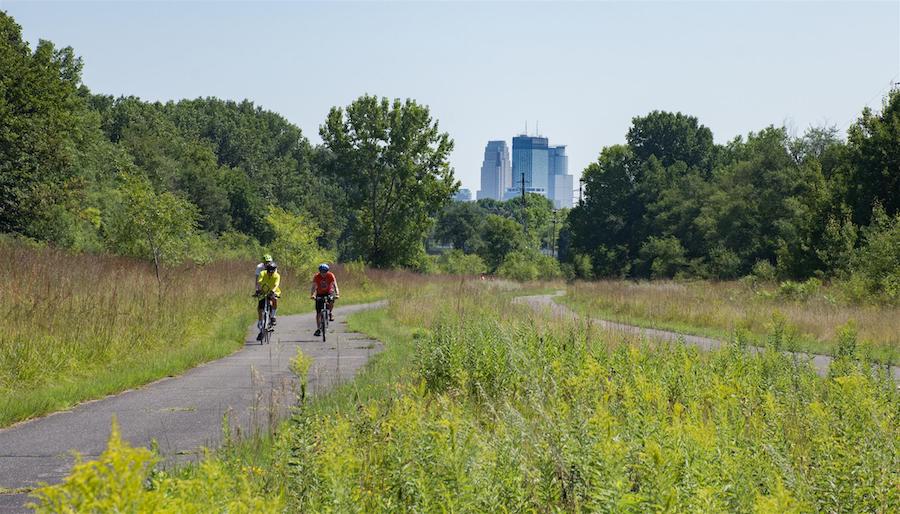
Minnesota consistently ranks in the top tier of bicycle-friendly states, so it’s perhaps not surprising that the North Star State debuted the first rail-trail in the nation funded by the game-changing Intermodal Surface Transportation Efficiency Act, from which TA funds originate. Although just a few miles long, the Cedar Lake Trail is a key piece of an interconnected network of trails in Minneapolis, allowing travelers to go between the city’s vibrant core and its western suburbs with ease. Some also refer to the trail as “America’s first bike freeway” as it was developed with high-volume commuting in mind, offering two bike lanes and a separate paralleling pedestrian lane.
Ghost Town Trail (Pennsylvania)
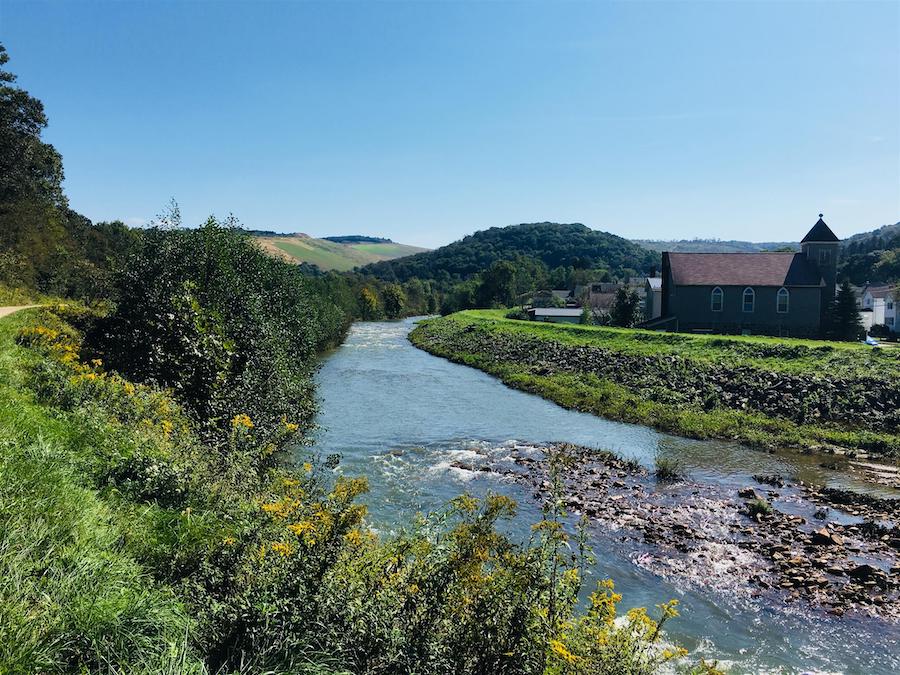
Pennsylvania is a powerhouse when it comes to rail-trails, with more than 2,000 miles of open rail-trail on the ground. Among them is the spectacular Ghost Town Trail, a 46-mile journey through the scenic Blacklick Creek watershed east of Pittsburgh that is dotted with many historical railroad features. This newly named 2020 Pennsylvania Trail of the Year, which has been a boon to businesses in the rural communities along its route, also has a special place in the state’s trail movement, as it was the first trail in Pennsylvania constructed with TE funding.
A-Train Rail Trail (Texas)
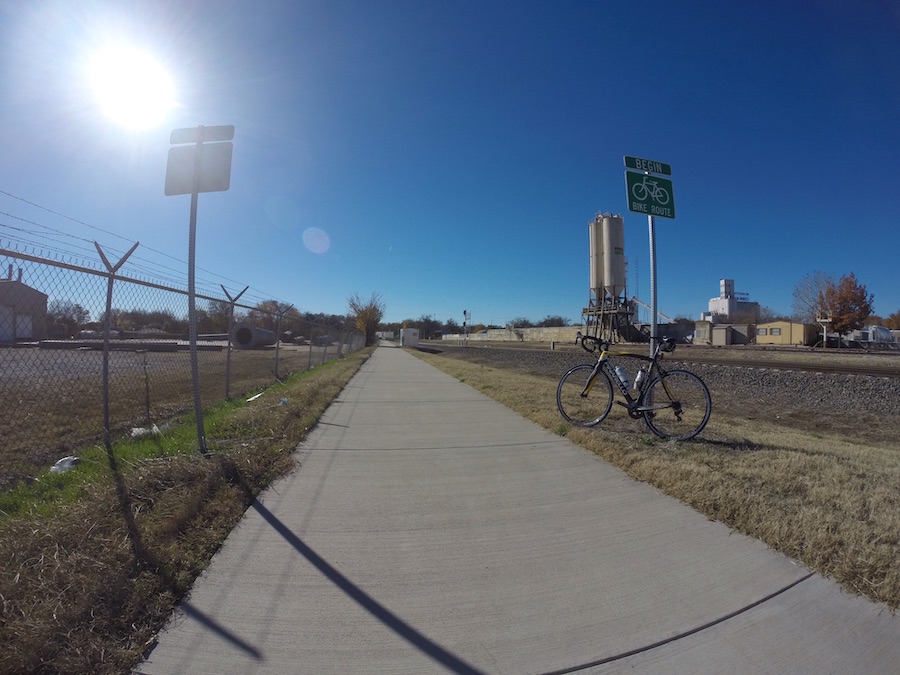
Rail-with-trails, like the newly completed A-Train Rail Trail on the northwestern outskirts of Dallas, can provide bikers and walkers with opportunities to greatly expand the reach of where they can go by pairing trail experiences with regional commuter rail systems. The 19-mile pathway between Denton and Lewisville parallels Denton County’s A-train and offers connections to five transit stations; the rail line also ties into the Dallas Area Rapid Transit route heading into downtown Dallas. Buoyed by federal funding, this invaluable transportation combination allows locals and visitors to safely and seamlessly travel between commercial businesses, parks, schools, workplaces and residential neighborhoods across the region without a car.
Flint Hills Trail State Park (Kansas)
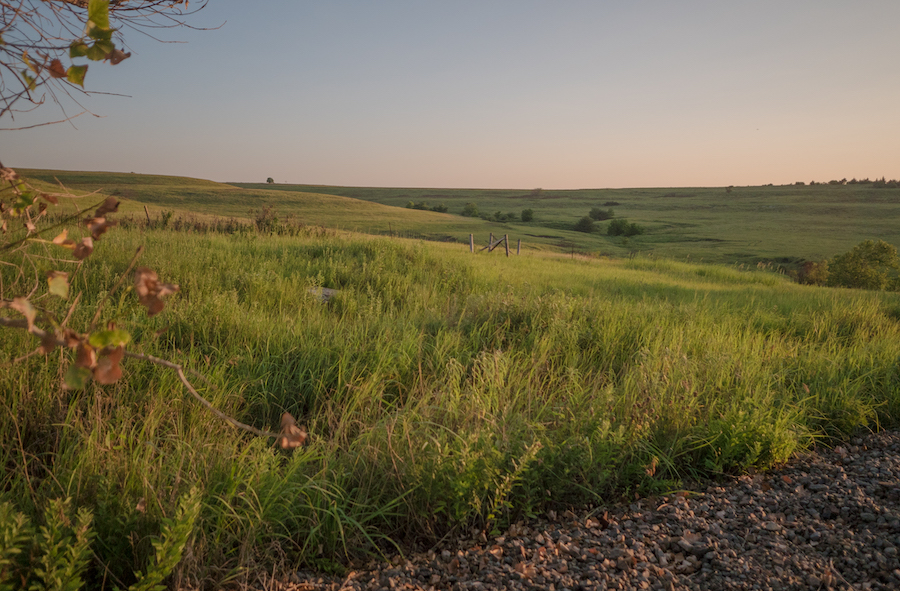
The 117-mile Flint Hills Trail State Park—the longest rail-trail in Kansas and one of the longest such corridors in the country—was designated a state park in 2018, a reflection of its growing significance as an iconic American destination. Just a few years ago, the project received a game-changing boost: a federal TA grant of $1.9 million for trail development. With continued improvements supported by this crucial federal funding, tourism and business opportunities can continue to flourish, supporting the local economies of the surrounding communities and allowing travelers to enjoy the trail’s tall-grass prairie, picturesque woodlands and friendly Midwestern towns.
Little Miami Scenic Trail (Ohio)
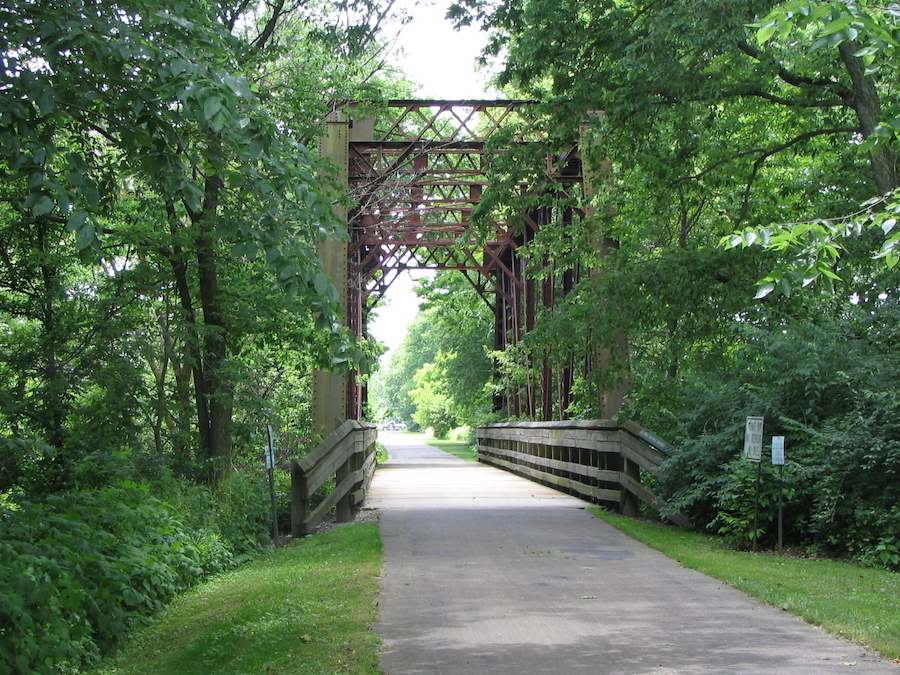
As evidenced by its induction into the Rail-Trail Hall of Fame, the Little Miami Scenic Trail has proven to be an immensely important asset to its surrounding communities by supporting healthy lifestyles, enhancing economic growth and increasing property values in bucolic southwestern Ohio. Created in part with federal funding, the rail-trail—which boasts a significant 78-mile length on its own—is also a key component of both the 340-mile network of paved trails in Ohio’s Miami River Valley region and the cross-state Ohio to Erie Trail, which spans more than 270 miles between Cincinnati and Cleveland. Not only are individual trails like the Little Miami invaluable for their local communities, but their positive effects are compounded when coupled with other trails into these larger regional and statewide systems—an important reason for funding them at all levels of government.

Donate
Everyone deserves access to safe ways to walk, bike, and be active outdoors.